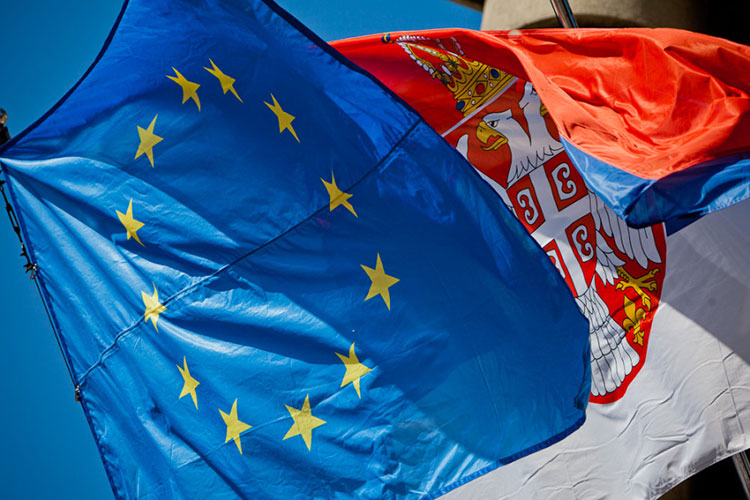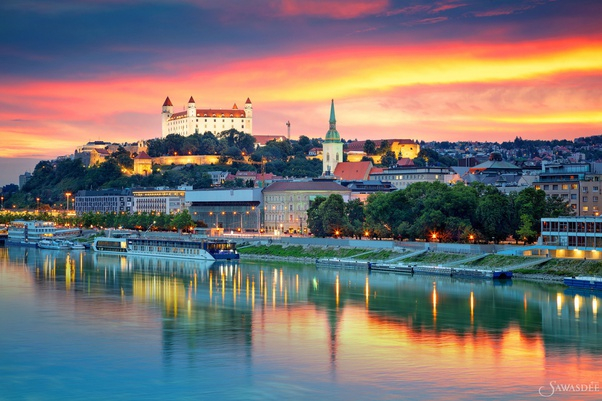Getting There
Serbia is naturally surrounded by neighboring countries because it is a landlocked country. When you consider that this list includes Hungary, Croatia, Romania, Bulgaria, Montenegro, and other countries, it becomes evident how important it is to a large part of Europe. The sheer quantity of alternatives for where to go next was mind-boggling for someone like me who suffers with indecision.
However, another perspective is that Serbia is a simple addition to any Balkan itinerary. You have good bus and train connections, as well as the airports of Belgrade and Nis. Subotica and Novi Sad are both good places to start if traveling from the north.
Vrsac is located near the Romanian border and serves as a convenient link to Timisoara. From Bulgaria, Kosovo, or Macedonia, Nis is most likely your destination. However, there are several international connections that will get you right to Belgrade from anywhere in the world.
Serbia is not a member of the EU nor a member of the Schengen Zone. If you've used up all of your Schengen days, this can be a blessing. However, this implies that you must follow proper immigration procedures (which can slow down border crossings considerably). Make careful to conduct thorough research to determine whether a visa is required and how long you can stay without one. This Serbian government website is a fantastic place to start.
Finally, because Serbia is not a member of the European Union, you will not be able to use the EU roaming rules. As a result, you'll need to consider buying a new SIM card or using a TravelSim that works in several countries.












